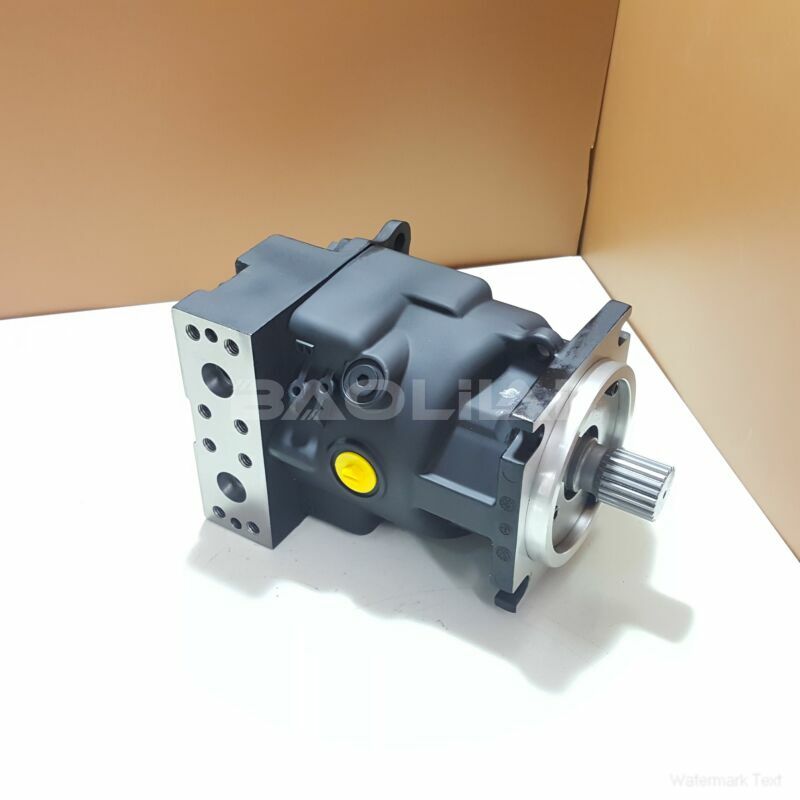90M100NC0N7N0TJW00NNN0000G0 danfoss motor
90M100NC0N7N0TJW00NNN0000G0 danfoss motor

- Product Details
- Applicable Scene
As the aviation industry moves towards more sustainable practices, the demand for electric and hybrid aircraft is increasing. This trend reflects a broader commitment to reducing carbon emissions and enhancing fuel efficiency. Within this evolving landscape, hydraulic motors are poised to play a crucial role. This article explores the future of hydraulic motors in electric and hybrid aircraft, examining their potential advantages, challenges, and applications.
90-M-100-NC-0-N-7-N-0-TJ-W-00-NNN-00-00-G0
90M100NC0N7N0TJW00NNN0000G0
Hydraulic systems have long been a staple in traditional aircraft, providing reliable power for various functions such as control surfaces, landing gear, and brakes. However, as the industry shifts towards electric and hybrid designs, the integration of hydraulic motors must be reevaluated. The key advantage of hydraulic motors lies in their high power-to-weight ratio, which is essential for efficient operation in the aircraft environment.

511783
One of the significant benefits of hydraulic systems is their ability to deliver consistent power and torque, essential for managing the dynamic forces experienced during flight. Additionally, hydraulic motors can operate efficiently at various speeds, making them suitable for multiple applications. As electric and hybrid aircraft aim to optimize energy consumption and enhance performance, hydraulic motors can complement battery systems effectively.
In electric aircraft, hydraulic motors can be combined with electric pumps to create a hybrid system that benefits from the strengths of both technologies. This integration can lead to significant weight savings and improved performance. The adaptation of hydraulic systems to work alongside electric propulsion units may also enhance system redundancy, an essential aspect of safety in aviation.
However, the future of hydraulic motors in electric and hybrid aircraft is not without challenges. The aircraft industry is undergoing a significant transformation, and technological advancements are needed to meet the requirements of electric propulsion systems. One challenge is the need for lightweight hydraulic components that do not compromise the overall efficiency of the aircraft. Manufacturers are exploring advanced materials, such as composites and lightweight alloys, to develop hydraulic systems that are both effective and light.





